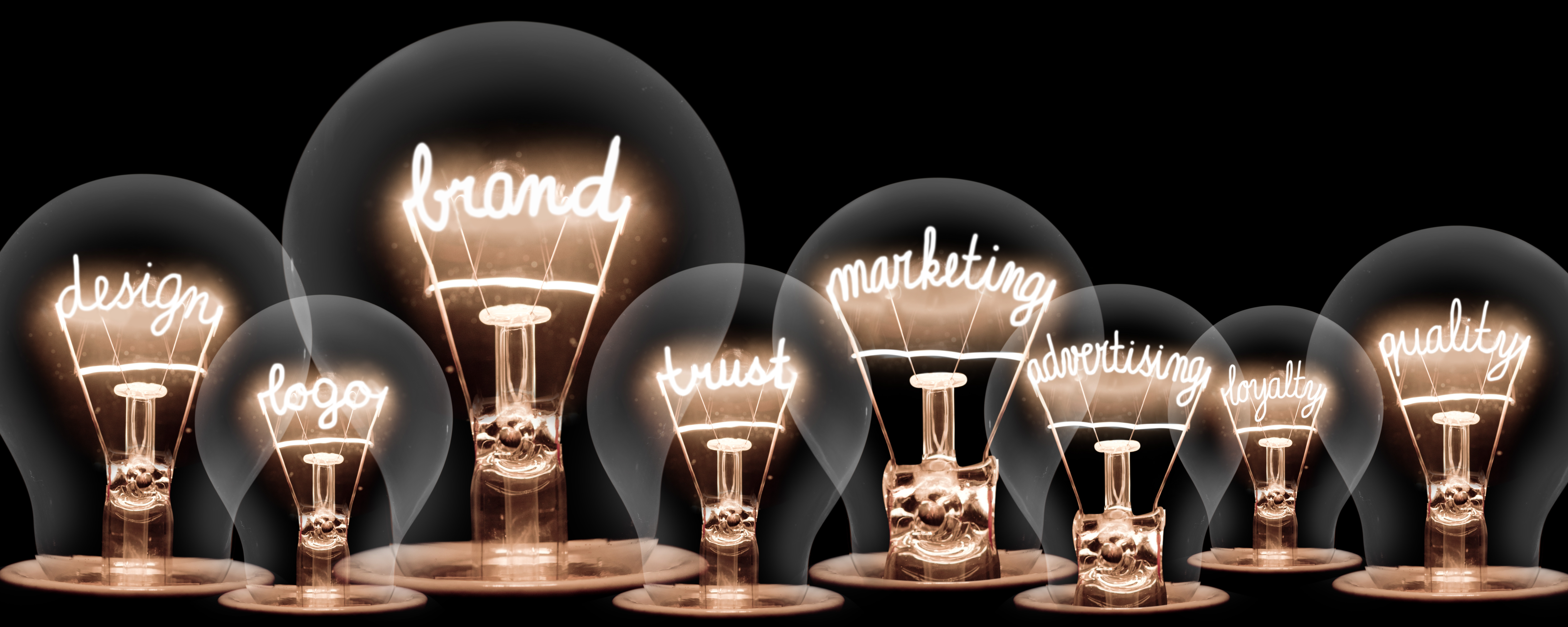By
Sears presents us with just the latest cautionary tale in logo redesign. Also last month, Staples revealed new branding that included a straightened-out “L” in the brand’s name with the staple (or is it a desk?) plonked alongside the company name.
A brand’s logo is core to a its identity, an instantly recognizable visual representation of what it stands for. In recent years, a brand’s stamp has taken on additional importance as more of our time is spent staring at little screens. Logos are no longer just slapped on packaging or tacked onto the end of a TV spot—they need to pop in a confined space, cut through the clutter of social media and work as an app icon on a crowded phone screen.
As a result, more brands are redesigning their logos, says Armin Vit, a co-founder of the graphic design firm UnderConsideration and its brand design blog, Brand New. “When we started Brand New in 2006, we would have enough logo changes for two or three posts a week. These days … I have at least five to seven logos I can include a day across our different categories, and this is sustainable year-round.”
Before rethinking your brand’s visual identity, consider this:
The best time for a logo overhaul is when a brand has gone through its own changes and prior imagery doesn’t do enough to represent what it offers.
“Don’t do it because you’re the new brand manager or because there’s a new leadership team in place,” says Joan Chow, who joined the Greater Chicago Food Depository as chief marketing officer in 2016. “Do it because you’ve done the research and the brand isn’t where you need it to be.”
Don’t go too far afield
Chow oversaw a logo change that followed upgrades to the 40-year-old nonprofit organization. The depository thought for over a year about updating a logo which showed a person carrying food, and possibly even changing its name, because it wants to be known for other work it does beyond food distribution, such as workforce training. After qualitative and quantitative research, including conversations with board members, community members, donors, employees and volunteers, Chow and her team found that while the name is a mouthful, “the name is ours” and has high brand equity. So, they retained the name and opted for
a new logo with a concentric circular design in shades of green signaling community and food, done by Chicago-based 88 Brand Partners.
Collins, whose firm has worked on overhauls for the likes of Miller, Target and Spotify, points out that some of the most instantly recognizable brands—Coca-Cola, Ford, Johnson & Johnson and Kellogg’s—continue to use lettering dating back to their beginnings.
When doing identity changes for legacy brands, says Collins, the charter is to “first, do no harm.”
The less testing the better
“One needs to have a sense of faith,” says Eddie Opara, a partner at Pentagram who has worked on identities including Morgan Stanley, New York University and Quinnipiac University. “I use the Eiffel Tower as a prime example,” says Opara, who notes that the now-iconic iron structure “was criticized to no end” upon its debut in 1889. As the years progressed, it became a treasure as people’s feelings changed. “If you test something, you’re not actually getting used to it in terms of a visual perception,” says Opara.
“We didn’t test a thing on the new Mailchimp identity,” says Collins of a new look introduced in 2018 that puts the name in a bolder typeface and includes the Freddie character, a winking monkey. “The leaders there have a vision, and they’re really close to their customers.”
Prepare for the court of public opinion
When Sears introduced its updated logo in late April, it added a curvy icon after the word “Sears,” which prompted the Airbnb comparison. “It needs to actually have function within their product lines or online in a serious matter,” says Opara of Sears’ new look. “Maybe there’s larger language that we haven’t seen yet.” If there is, Sears declined to share it.
But when changing a logo there is one constant: Some people won’t love a new design. “You’ll get criticism, of course,” says Opara.”But you’ll get bloody over it.”
This article has been published in collaboration with Adage.com





